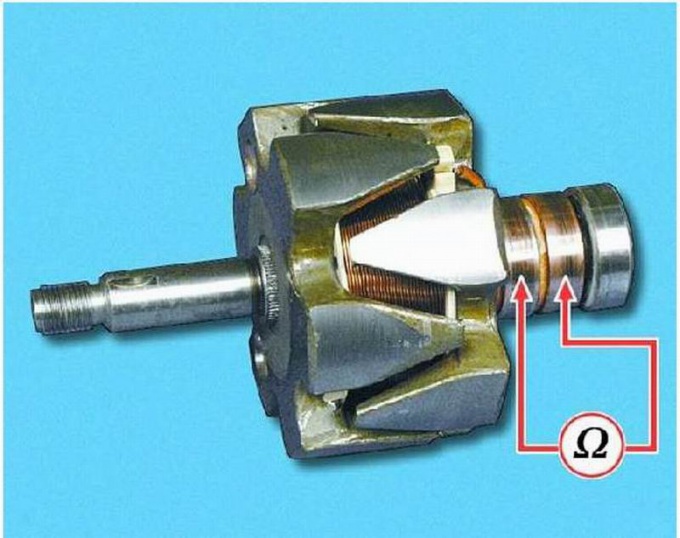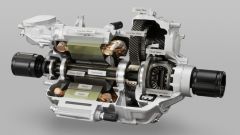Instruction
1
Prior to the inspections, remember that it is strictly forbidden to disconnect the generator from the battery when the engine is running. This will cause a power surge could damage the rectifier unit of the generator.
2
Check the generator on the stand. This will allow you to figure out whether its parameters nominal characteristics. Be careful to check the generator brushes were well lapped to the slip rings. They, in turn, must be clean.
3
Turn on the motor from the stand, set using the variable resistor the output voltage at 14 Volts. Bring the frequency of the rotor to 5000 rpm. After 2 minutes check measure the current. If the generator is working properly, then this figure will be at least 44 A. If the current is less, then check coil and valve, to determine the location of the fault. To do this, measure the amperage on a warmed-up generator. Let it work about 15 minutes and then measure the current that must be at least 42 A.
4
Test generator with the oscilloscope. Install the rotor rotates with a frequency of 1500-2000 rpm. The field windings connect to the battery and from the output of "30" will disconnect the power. Now, notice on the screen and on the waveform, check for a faulty generator. If everything is in order, then the curve has a sawtooth shape with uniform teeth. If there is an open in the stator winding or taps, the teeth are not uniform, and there are deep hollows.
5
Measure the resistance between the plug 67 and a ground to the generator. This will allow you to determine the condition of the field winding. In good condition the resistance should be in the range of from 4.2 to 4.7 Ohms. The measurement is temperature dependent, so measurements are required at 20 °C.


